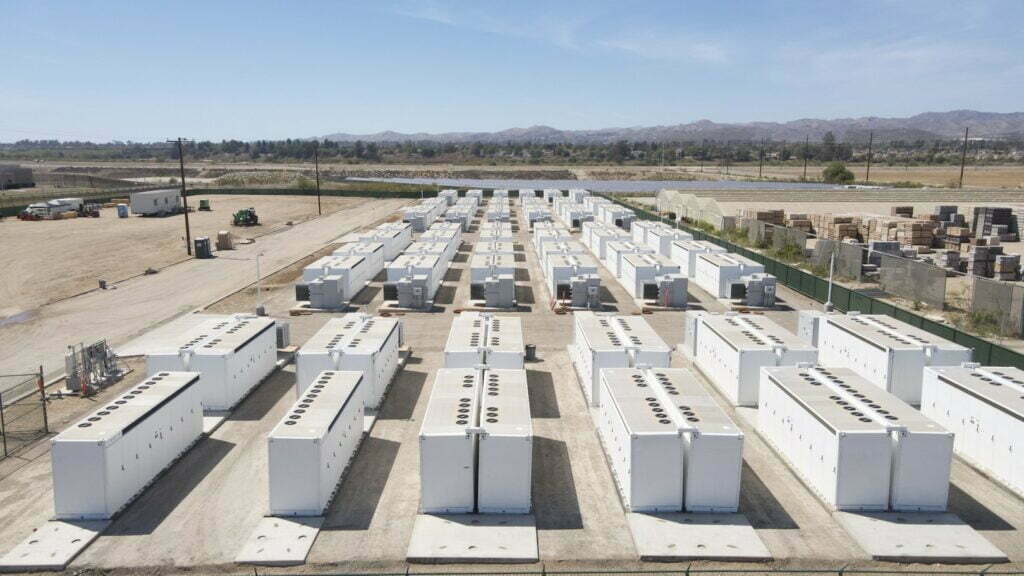The EU is aiming for a renewable energy generation mix of 45% by 2030. Image: Pietro Naj-Oleari/Flickr.
Europe will need a total of 187GW of energy storage by 2030 and 600GW by 2050 to meet its renewable energy targets, according to the European Association of Energy Storage (EASE).
The 2030 figure was first published last month while the target for 2050, when the continent’s renewable mix is expected to reach 85%, is an entirely new forecast. The 600GW is part of a total of 811GW of flexibility capacity needed, with the rest made up of gas turbines.
Of the 187GW, 65GW will be pumped hydro energy storage (mostly already existing today), 67GW of battery storage and other short duration solutions, and 55GW of energy storage from longer-duration batteries and other energy storage solutions.
The organisation said that storage uptake on the continent is lagging behind renewable energy resource and that the EU risks being unable to integrate new renewable energy resources. As reported in last week’s webinar conducted by research firm Delta-EE in collaboration with EASE, covered by Energy-Storage.news, deployment needs to ramp up to 14GW a year to hit the 2030 goal.
EASE added that many studies on the topic so far, which give lower targets, have undervalued ‘energy shifting resources’ and overvalued greenhouse gas-emitting baseload plants. It also said system modelling needs to take into account future cost reductions for new long duration technologies, and a failure to do this often means these technologies are left out of long-term forecasting.
The organisation split the 600GW energy storage deployment target for 2050 into two buckets in its report. The bulk, 435GW, needs to be bi-directional contribution from ‘Power-to-X-to-Power’ solutions, while the remaining 165GW can be provided by ‘power-to-X’ technologies providing one-directional system flexibility, defined next and visualised below.
Power-to-X-to-Power comprises most energy storage technologies meaning something which can both be charged with and dispatch electricity. Power-to-X means electricity which never goes back into the system, and covers technologies like electrolysers which produce green hydrogen that is not reconverted into electricity, converting electricity to heat for industrial use, and V1G charging of EVs.
Image: EASE.
Interestingly, the report also gave an idea of at what level of renewable energy mix EASE reckons long-duration technologies will be needed. It said that a renewable energy mix of up to 60% can be managed with hourly energy storage, defined as under 10 hours duration. Beyond that, there is a sharp increase in the need for more daily and weekly storage while past 80% the need for seasonal storage becomes ‘critical’.
The EU is targeting a 45% renewable mix by 2030, as per the recent REPower EU strategy, although EASE said this will easily be exceeded by many countries. It cites Spain’s 20GW by 2030 and 30GW by 2050 targets.
EASE’s report also provided the following useful infographic on which different energy storage technologies were applicable for which energy system services. Its authors highlighted the massive need for thermal energy storage, considering that half of energy in the EU is used for heating and cooling, and the relatively limited studies evaluating applicable technologies.
Image: EASE.
Continue reading










